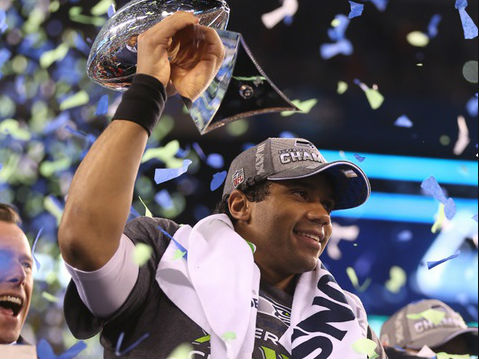Live Streaming Preps For Scaling Challenge #NYCTVWK

NEW YORK – Several “tent-pole” sporting events such as the World Cup, Super Bowl and the Sochi Games helped to up the ante for live streaming in 2014, but anticipated demand for others on the horizon will require that all players in the distribution ecosystem pursue even greater levels of scalability.
That was a key theme here Wednesday morning during a session dedicated to live streaming trends and business models at NewBay Media’s NYC Television Week.
“Scale will be the theme in 2015” and likely beyond as more consumers take advantage of IP-based delivery and alter their viewing habits, Jens Loeffler, principal technical evangelist at Adobe, said.
And it’s not just about scaling up to support more streams, but also the overall quality of those streams as viewers demand a “TV-like” experience from their mobile connected devices,” Eric Black, vice president, technology at NBC Sports Group, said. “But we’re confident that we’re going to get there,” he said, during the session, moderated by Multichannel.com news editor Mike Reynolds.
Adobe’s Loeffler agreed that sports presents a special problem for streaming because a lot of it involves fast-moving content. And with more 4K streaming ahead and the need for rates of 60 frames per second, there will need to be a bigger focus on more efficient video compression technologies.
Matthew Murphy, the senior vice president of digital video distribution for Disney and ESPN Media Networks, stressed the importance of the business model of streaming, noting that his programming properties swaps ads into its digital content using dynamic ad insertion technology and includes those elements as part of the digital ad buy.
That, in turn, causes a greater emphasis on measurement, Loeffler said, referencing the work underway between Adobe and Nielsen to bring digital content ratings to all screens, including OTT devices. That effort aims to “bring the television model to digital,” though the process will create more opportunities to do more targeting and expand, rather than replicate, the traditional TV model, he said.
Multichannel Newsletter
The smarter way to stay on top of the multichannel video marketplace. Sign up below.
Murphy was also asked about new projects underway, including Dish Network’s new OTT service and ESPN’s coming NBA OTT service in which the league will hold an equity stake.
“First and foremost, we are committed to our MPVDs and the existing models we have,” Murphy said. But he acknowledged that Disney and ESPN are also attuned to shifting consumer behavior.
As for the Dish OTT service that is nearing launch, he said that will target a relatively small group of consumers who only take broadband service with a slimmed down, entry-level package, while still leaving the door open to fuller pay-TV services.
